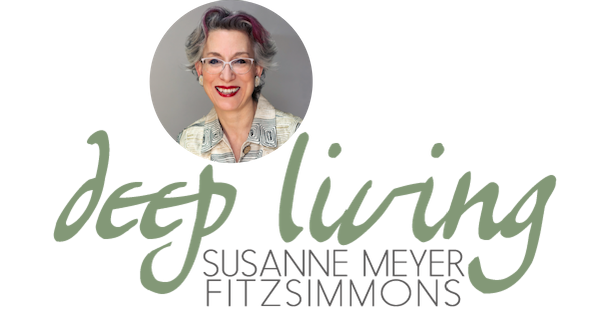So many people view food as their enemy. Whether it's the perception that fat is bad, that cholesterol clogs your arteries, that dessert is sinful, that foods that are good for you taste bad, or that all the yummy foods are bad for you. Well, here is a list of complaints that makes food your enemy. There is a lot of bad science behind these blanket statements, and many of them have been debunked in recent years, although it is a fact that the so-called Western Diet makes us sick. It is true that eating empty calories, foods without nutritional value, will never satisfy your body and you'll keep craving and eating more in a vicious cycle.
How about making food your ally in building a strong and energetic body instead? "Let food be thy medicine and medicine be thy food," Hippocrates, the famous physician from Ancient Greece, is purported to have said. When you learn to cook well with the foods that are healing and beneficial you'll make food your ally. When you learn to love good food unconditionally because it is what heals your body and assures a good life you'll make food your friend. When you become knowledgeable about the healing properties of food, the guiltless pleasures of food, you'll not only create a great hobby, but also the basis for healing the Western civilization diseases. When you learn about the good-for-you foods, and how to prepare them well so they taste delicious, you can have your cake and eat it too.













